20+ Years Experience
Specialist Alcohol Help

Enquire Today For A Free No Obligation Quote
Is mixing codeine and alcohol really dangerous?
The combination of the two substances can have life-threatening consequences.
Combining codeine and alcohol can lead to other dangerous consequences such as respiratory depression, impaired judgement, and addiction.
Early recognition of the signs of abuse is essential for successful treatment and recovery. Treatment includes inpatient rehabilitation programs, outpatient programs, medication-assisted treatment (MAT), etc.
Educating people on risks associated with misuse & implementing safe use practices are key to preventing substance abuse-related dangers.
In this blog post, we’ll explore the risks of combining alcohol and codeine, examine the effects of alcohol and codeine, and discuss how pop culture has influenced their consumption.
We’ll also guide recognising the signs of alcohol and codeine abuse, treatment options, and prevention strategies.
Combining alcohol and codeine may seem harmless, but doing so can lead to severe consequences, especially when you drink alcoholic beverages.
Both substances are central nervous system depressants, which means they slow down brain function, potentially resulting in respiratory depression, impaired judgment, and increased addiction potential.
The dangers of mixing codeine and mixing alcohol, as well as mixing codeine and alcohol, are real and should not be taken lightly.
Respiratory depression is a life-threatening condition that occurs when the rate and depth of breathing are reduced, limiting the amount of oxygen reaching vital organs.
Combining codeine and alcohol can significantly increase the risk of this outcome, as both substances slow down breathing and depress the nervous system, both alcohol potentially leading to a codeine overdose.
Imagine feeling like every breath is a struggle, gasping for air, and not being able to get enough oxygen. This is the reality for those who experience severe respiratory depression due to mixing codeine and alcohol. In extreme cases, this can lead to respiratory arrest and even codeine related deaths.
When codeine and alcohol are combined, their effects on the central nervous system are amplified. This can lead to impaired judgment, poor coordination, and an increased likelihood of accidents.
Imagine trying to navigate through life with a foggy mind, unable to make sound decisions, and constantly feeling off-balance.
The nervous system is a critical component of our body, responsible for controlling essential functions such as breathing, heart rate, and muscle movement. Compromising its function through the use of codeine and alcohol can have serious consequences for both short-term and long-term health.
The combination of codeine and alcohol can be particularly dangerous due to their addictive properties. Both substances have the potential to cause dependence, and when combined, their addictive effects can be even more potent.
Imagine feeling trapped in a cycle of cravings and withdrawal, unable to break free from the grip of codeine addiction.
This is the reality for many individuals who fall victim to over-the-counter medicines, the combined lure of prescribed codeine, and alcohol, leading to codeine dependence and alcohol dependence together. It’s crucial to recognise the risks and take steps to prevent addiction before it takes hold.
Codeine is a prescription opioid painkiller, which is an opioid analgesic drug, commonly used to treat mild to moderate pain and suppress coughs. However, it’s important to understand the potential side effects and risks associated with its use, especially when combined with alcohol.
Let’s delve deeper into the medical uses and side effects of codeine.
Codeine, often prescribed codeine, is used to relieve mild to moderate pain and suppress coughs. It is an effective medication when used as directed, providing pain relief, for those suffering from various ailments.
However, the euphoric high that codeine can produce when misused may lead some individuals down a dangerous path of addiction.
To use codeine safely, it’s essential to adhere to the instructions provided by a medical professional and avoid combining it with alcohol. Doing so can help ensure that the medication serves its intended purpose without causing harm.
While codeine can provide relief for many patients, it is not without its side effects. Some common side effects mix codeine include constipation, nausea, extreme drowsiness, and breathing difficulties. These side effects can be exacerbated when codeine is combined with alcohol, leading to increased drowsiness, dizziness, and constipation.
It’s essential to be aware of these side effects and to consult a professional if experiencing any concerns or adverse reactions. By doing so, patients can take the necessary precautions and make informed decisions about their health and well-being.
Pop culture has played a significant role in promoting the dangerous combination of alcohol and codeine, particularly through the popularisation of “lean”. By understanding the impact of pop culture on codeine abuse and alcohol consumption, we can better address and prevent the issue.
Pop culture has the power to influence people’s behaviour, and it is important to recognise the role of pop culture.
Lean, also known as “purple drank,” is a mixture of codeine-containing cough syrup, soft drinks, and hard candy. This concoction has been glamorised in music and media, with artists such as Lil Wayne and Future often referencing it in their songs.
The popularity of lean has played a part in normalising the extremely dangerous combination of alcohol and codeine, leading some individuals down a path of substance abuse.
The promotion and glamorisation of lean in pop culture have contributed to increased rates of codeine and alcohol misuse, particularly among young people. By recognising the influence of pop culture and addressing the issue, we can work towards reducing the prevalence of alcohol and codeine abuse.
The promotion of lean in pop culture has had a significant impact on young people, who may be more susceptible to the messages and images presented in music and media.
This normalisation of codeine and alcohol consumption may lead some youth to believe that it is a harmless or even fashionable behaviour, potentially resulting in increased rates of substance abuse.
It’s crucial to educate young people about the dangers of codeine and alcohol misuse, providing them with accurate information and resources to make informed decisions about their mental health.
By addressing the influence of pop culture on both codeine addiction and alcohol consumption, we can help prevent the dangerous consequences associated with mixing alcohol and codeine and drug overdose with this deadly combination.
Early intervention is critical for individuals struggling with codeine and alcohol misuse. Recognising the signs of abuse can help facilitate prompt treatment and recovery.
Let’s explore some of the physical symptoms and behavioural changes that may indicate codeine and alcohol dependency.
Physical symptoms of alcohol and codeine abuse can include slurred speech, unsteady gait, and slowed or irregular breathing, among others. These symptoms may be subtle at first but can become more apparent as the drug abuse progresses.
Recognising these physical symptoms in oneself or others can be the first step towards intervention and treatment. Seeking help from a medical professional or a support group can provide valuable guidance and resources for overcoming alcohol and codeine abuse.
Behavioural changes associated with codeine and alcohol abuse can include social withdrawal, mood swings, and neglect of personal responsibilities. These changes may be difficult to detect at first, but they can become more pronounced as the abuse continues.
By recognising these behavioural changes, friends and family members can provide support and encourage the individual to seek help for their codeine and alcohol abuse. Early intervention is crucial in ensuring a successful recovery and preventing further harm.
Recovering from codeine alcohol and codeine alcohol addiction is possible with the right support and treatment.
Various options are available to help individuals overcome their codeine alcohol or alcohol simply or codeine rehab addiction and regain control of their lives.
Let’s explore some of the most effective treatments for codeine and alcohol addiction.
Inpatient rehabilitation programs provide a structured environment for detoxification, therapy, and support in overcoming addiction. These programs offer 24/7 access to assistance, a variety of treatment options, and removal from the environment where the addiction originated.
Inpatient rehabilitation may be recommended for severe cases of addiction, where individuals require the constant support and guidance of medical professionals and counsellors to overcome their addiction to codeine and alcohol. This level of care can help ensure a successful recovery and reduce the risk of relapse.
Outpatient programs offer flexibility for those who cannot commit to a residential program, with therapy and support available on a scheduled basis.
These programs can be less intrusive to a patient’s daily routine and may be more cost-effective than inpatient programs.
Outpatient treatment includes individual, group, family, and support group therapy, as well as aftercare planning. By participating in an outpatient program, individuals can receive the necessary support and guidance while maintaining their daily responsibilities and routines.
Medication-assisted treatment can help manage withdrawal symptoms and cravings during the recovery process of dual addiction.
This approach involves utilising medications, such other drugs as buprenorphine, methadone, and naltrexone, to alleviate withdrawal symptoms and cravings during addiction treatment.
It’s important to consult a doctor before beginning medication-assisted treatment, as there may be side effects associated with these medications, such as nausea, dizziness, and drowsiness.
By using medication-assisted treatment alongside therapy and using support groups, individuals can increase their chances of a successful recovery from codeine and alcohol addiction.
Preventing both codeine addiction and alcohol abuse starts with education and awareness of addictive substances. By understanding the risks associated with either alcohol more than one drug or codeine or with the combination of these two substances and practising safe codeine use, individuals can avoid the dangerous consequences of abuse.
Let’s explore some strategies for preventing both codeine addiction and alcohol abuse.
To use codeine safely, it’s crucial to follow the prescribed dosages and avoid mixing it with alcohol. By adhering to the instructions provided by a medical professional, individuals can ensure that they are using the medication responsibly and minimising the risk of addiction.
In addition, it’s important to be aware of any medical conditions that may preclude the use of codeine, such as liver or kidney disease, which could increase the risk of more severe side effects.
Consulting a medical professional before starting codeine treatment can help ensure that the medication is used safely and effectively.
Being aware of the dangers of mixing alcohol with codeine and other substances can help individuals make informed decisions about their consumption and avoid potential risks.
Knowing the recommended safe drinking limits and recognising the signs of codeine alcohol and misuse can also contribute to preventing further codeine alcohol and alcohol abuse.
By educating ourselves and others about the risks associated with codeine and alcohol consumption, we can take steps to prevent abuse and promote a culture of responsible and informed decision-making when it comes to substance use.
If you are taking codeine, you should not drink alcohol, drive or operate heavy machinery.
If you are breastfeeding, pregnant, an ultra-rapid metaboliser, or elderly you should not use codeine.
Additionally, you should not drink alcohol, take prescription or nonprescription medications that contain alcohol, or use street drugs while taking codeine.
It is not recommended to drink alcoholic beverages while taking codeine ibuprofen as it increases the risk of side effects such as drowsiness.
Combining alcohol and codeine carries the following risks:
These risks make it a potentially hazardous combination drug user.
Codeine acts on the brain to the opioid receptors to reduce chronic pain and perception of stomach pain, providing relief from discomfort.
Additionally, it suppresses coughing.
Lean is a cocktail made of codeine-abusing alcohol-containing cough syrup, soft drinks and hard candy.
Popularised in pop culture, its abuse has increased and can be extremely dangerous due to the high levels of codeine and alcohol it contains.
The effects of lean can be serious, including nausea, vomiting, dizziness, confusion, and even death. It is important to be aware of the health risks often associated with consuming lean.
In conclusion, the dangers of either abusing codeine and those mixing alcohol with codeine and alcohol mixing codeine and alcohol cannot be overstated.
By understanding the risks, recognising the signs of abuse, and seeking appropriate treatment, individuals can overcome addiction and reclaim control of their lives.
Prevention starts with education and awareness – let’s work together to create a safer and healthier future for all.
There are a range of other services that we can provide. Have a look at the list below for more information:














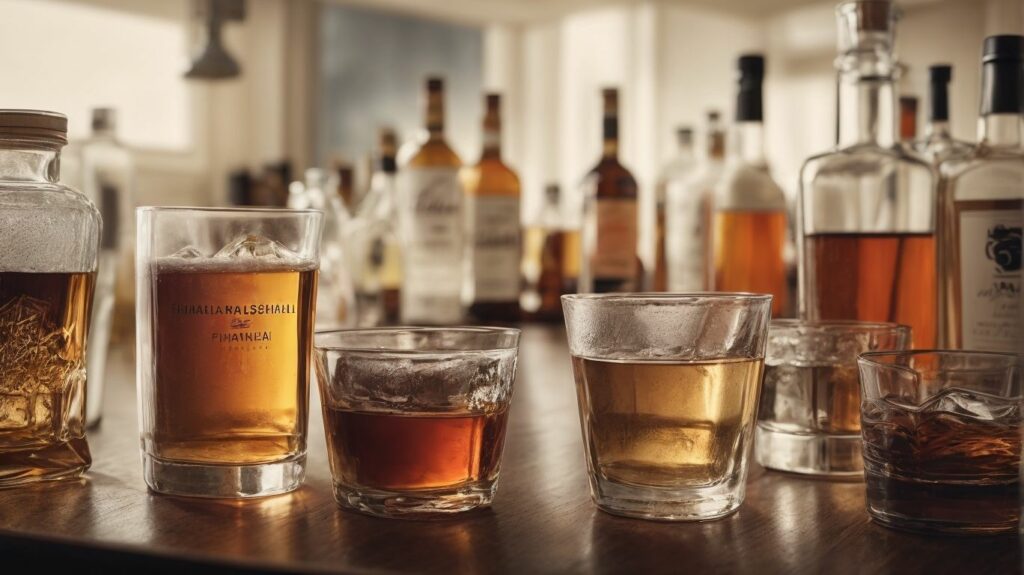














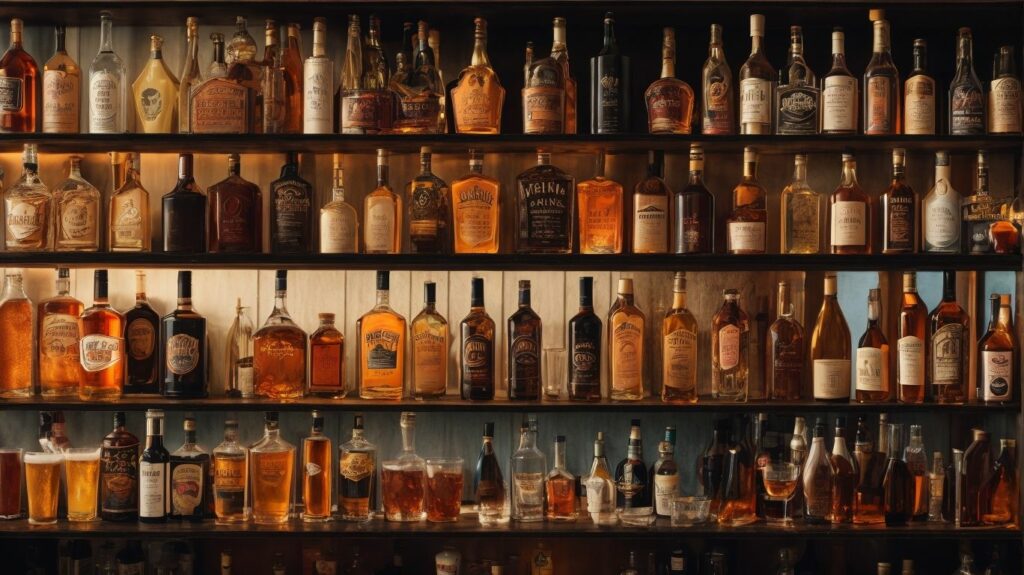









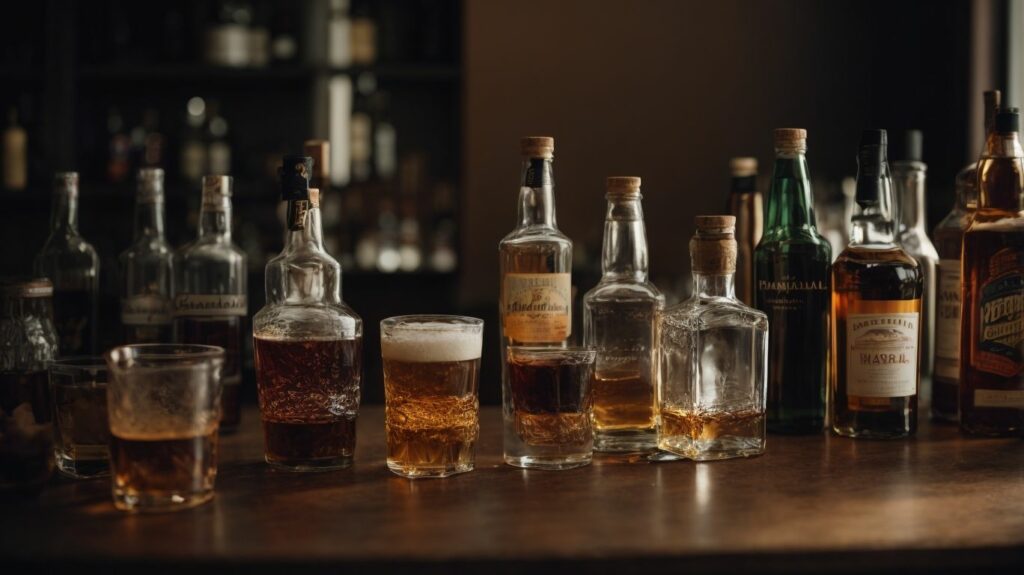

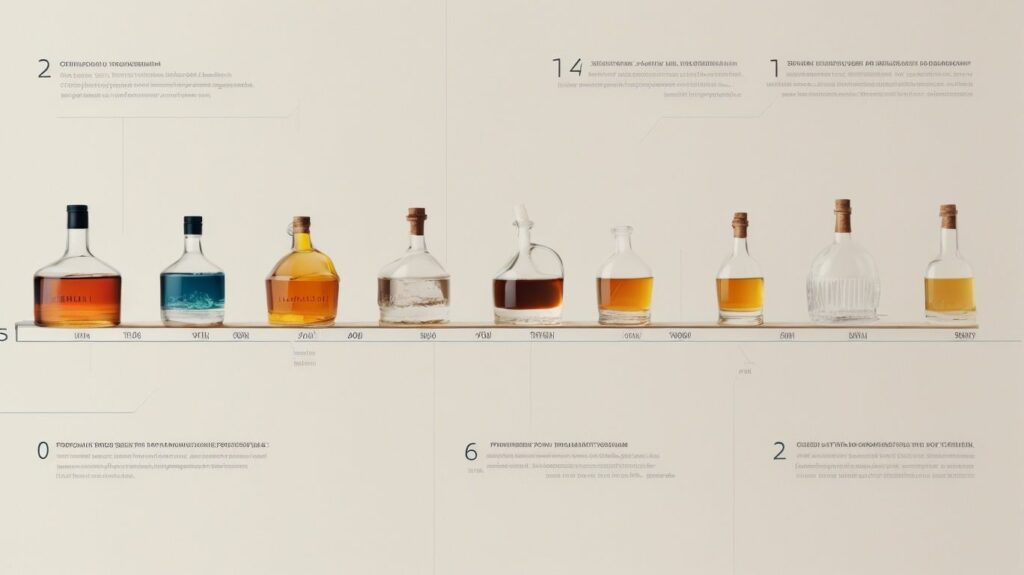

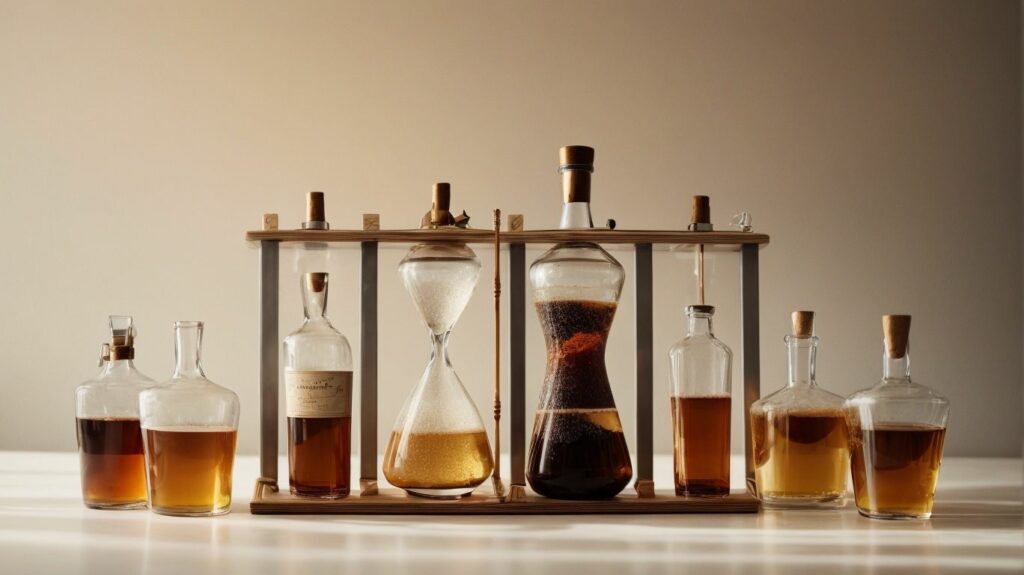




















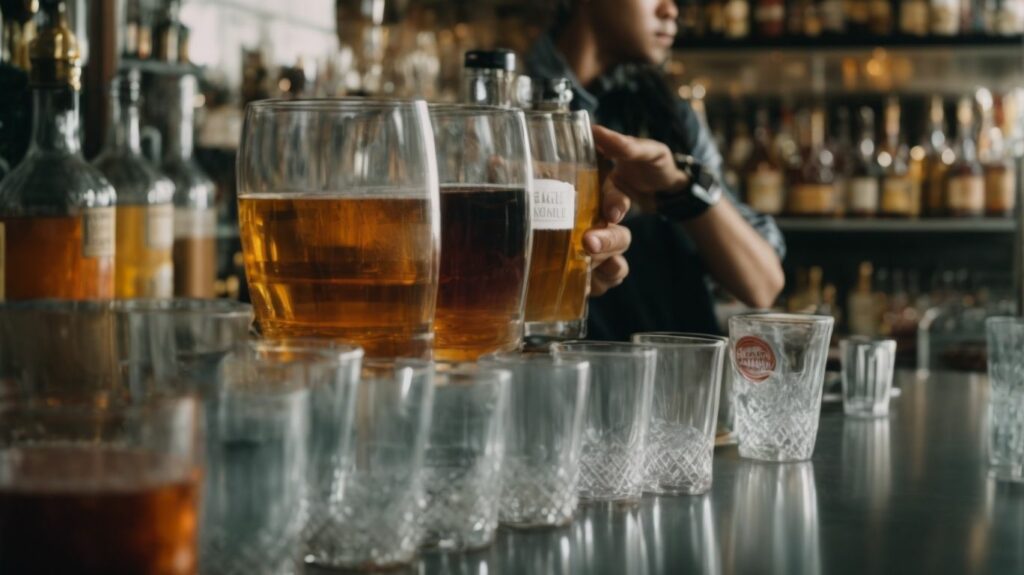


























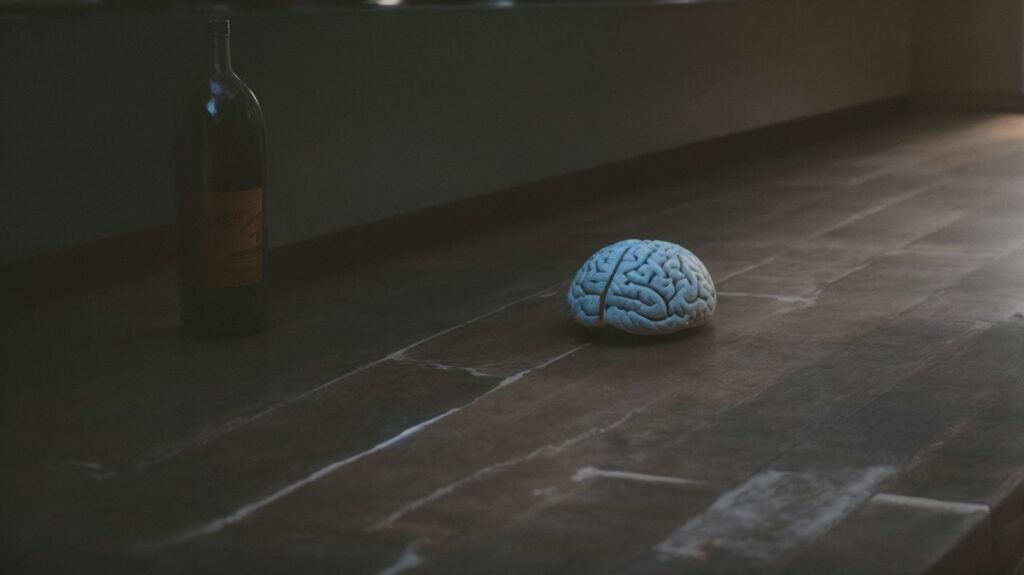


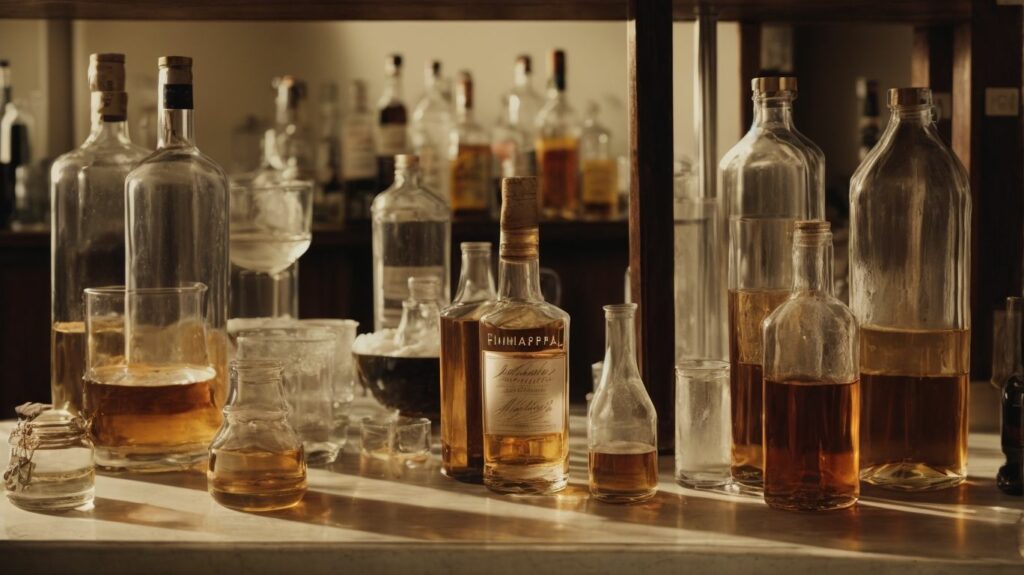
































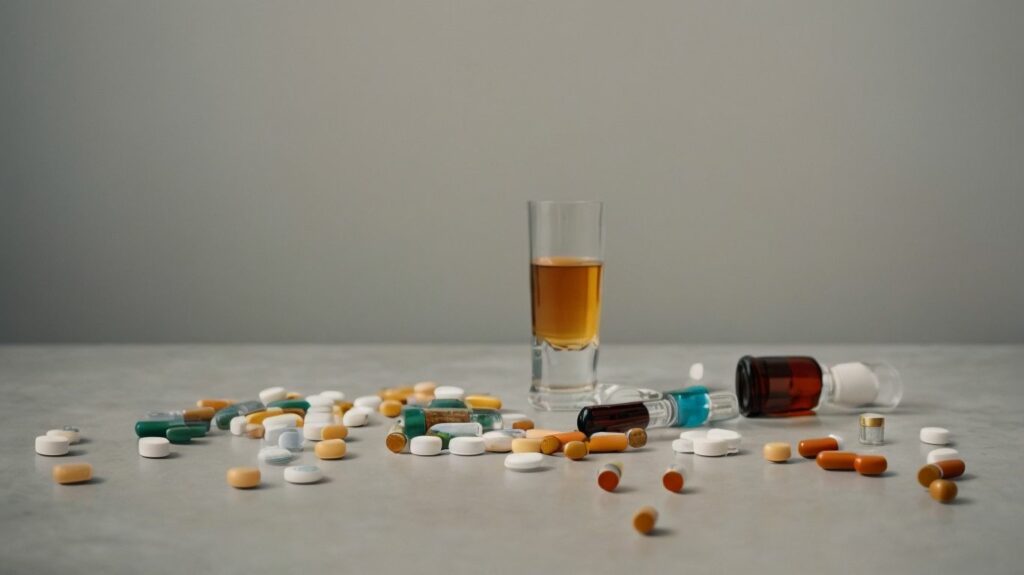








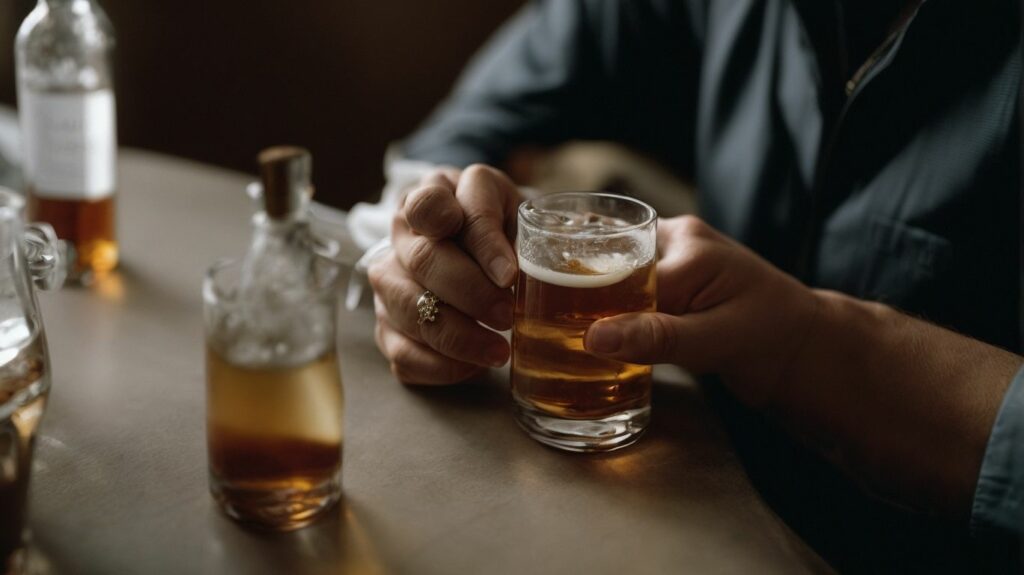


We Aim To Reply To All Enquiries With-in 24-Hours